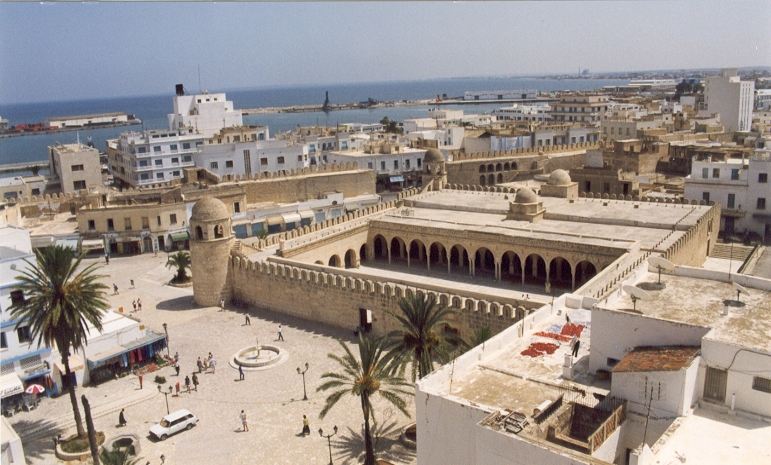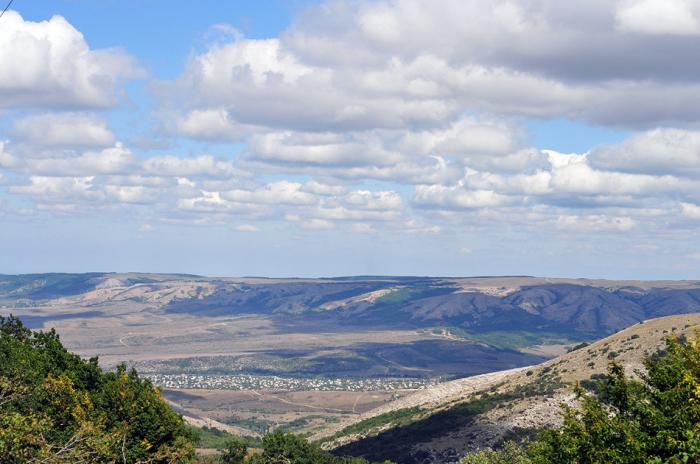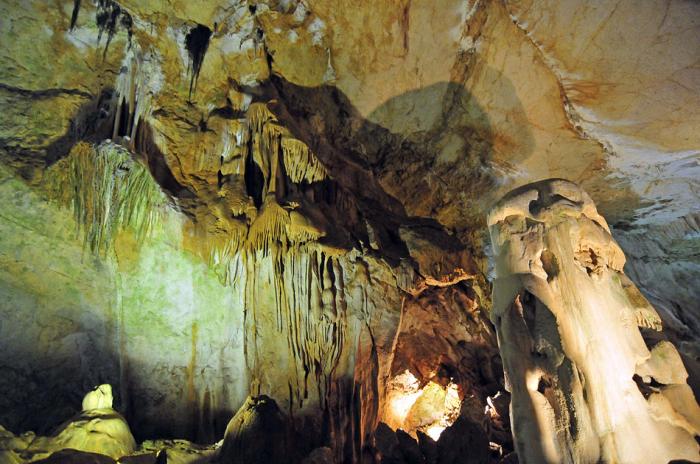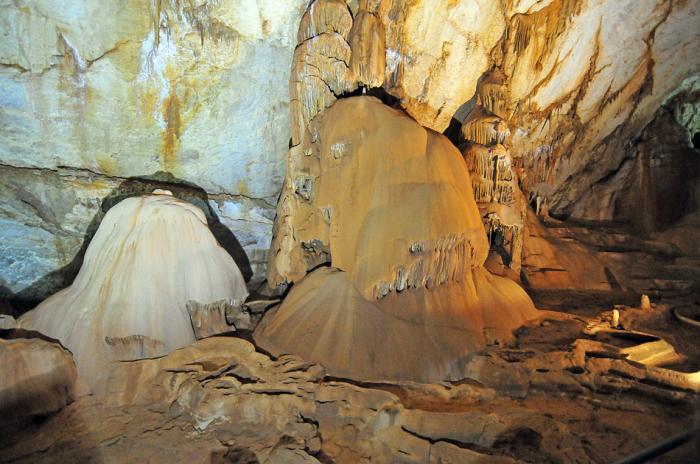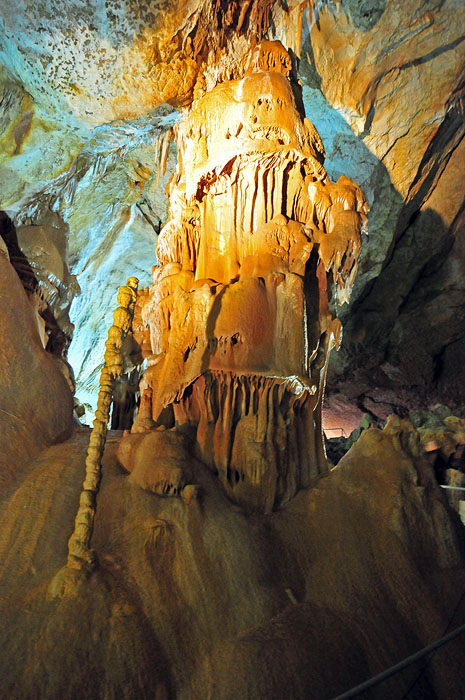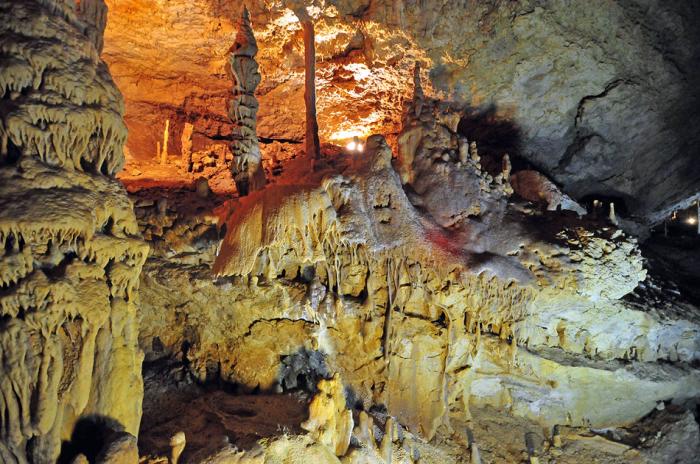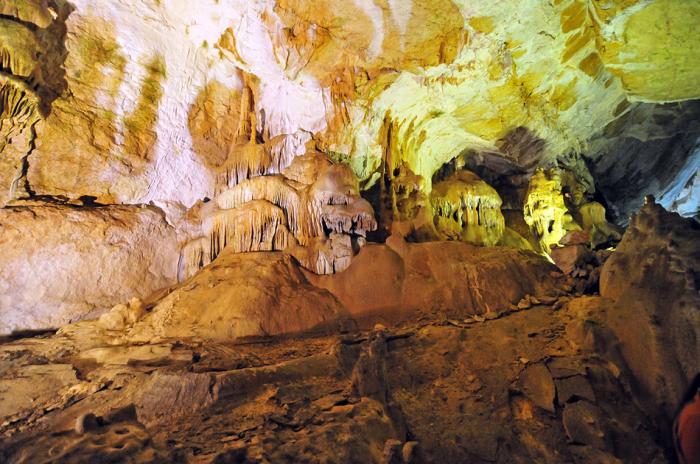Mauritius Vacation Guide
by Andrew Muigai
With beach destinations so plentiful, this has been sustained not by mere hype, but by the substance there is to this claim. Visitors are drawn to Mauritius by the reputation of its 140 km of white sand beaches, and the superb opportunities for water sports. Swimming, beach combing, sailing, surfing, kayaking, diving and deep-sea fishing - there is a sport for almost everyone.
Arab traders discovered the then uninhabited island in the 10th century. But they were not charmed sufficiently to consider permanent settlement. The Portuguese early in the sixteenth century landed, but they too passed over the chance to lay claim for their king. But in 1598 the Dutch finally seized the opportunity. The island was grabbed for and named after Maurice, Prince of Orange and Count of Nassau -then ruler of the Netherlands.
 In the century that followed, the Dutch established settlements and devised means to live off the land. They introduced sugar and tobacco, which they farmed using African slave labour. Sugar is today still an important part of the economy. The Dutch were insensitive to the extremely fragile ecosystem that makes up an isolated island such as Mauritius. On their watch, most of the islands' indigenous forests were felled, and lost. The bird known as dodo was also shot to extinction. Thus did the trigger-happy Dutch give life to the expression "as dead as a dodo".
In the century that followed, the Dutch established settlements and devised means to live off the land. They introduced sugar and tobacco, which they farmed using African slave labour. Sugar is today still an important part of the economy. The Dutch were insensitive to the extremely fragile ecosystem that makes up an isolated island such as Mauritius. On their watch, most of the islands' indigenous forests were felled, and lost. The bird known as dodo was also shot to extinction. Thus did the trigger-happy Dutch give life to the expression "as dead as a dodo".
The Dutch courage that had made them pioneers was however not to last. They were subjected to many trials by the forces of nature - cyclones, droughts and floods. And also by the forces of man, for pirates were a constant headache. In 1710, they fled to the more hospitable Cape of Good Hope, at Africa's southern tip. A short five years after the Dutch left, the French claimed the island, and renamed it Isle de France.
The French were much more successful than the Dutch in harnessing the potential of the island. They maintained law and order and laid the foundations for administration of society. Under the celebrated French Governor, Mahé de Labourdonnais, real nation building began. The French brought in more African slaves and expanded further sugar farming. They also laid out some social and economic infrastructure to support the settlers. Port Louis, named after King Louis XV, and today the capital of Mauritius, dates back to this period.

Though the French had introduced systems of law and order, Port Louis turned out to be a favourite of corsairs. Corsairs were mercenary marine who specialised in the plunder of ships on behalf of a client country. The British, a great sea power at the time, had a vested interest in terminating the power of these mercenaries. And that is how Mauritius, so far away from Europe, got involved in the Napoleonic wars. In 1810, the British backed by superior force of arms, persuaded the French to leave the island.
In the 1814 Treaty of Paris, the British - magnanimous victors indeed, allowed the French settlers to remain in Mauritius. They too were allowed to retain their property, language, religion and legal system. The British reverted to the name the Dutch had given the island, but Port Louis retained its name. But in the century and a half that the British ruled, they were never really as grounded as the French had been.
 Franco-Mauritians prospered on an agrarian economy based on slave labour. But in 1835, they felt the capricious hand of a great power when slavery was abolished. This is perhaps the single most important measure carried out under British rule, and the consequences had a far-reaching effect on the evolving demographics of the nation. India, a British colony greatly abundant in human resources was the answer to the labour problem that arose. In the years that followed, the descendants of the Indian labourers who came to work the sugar fields greatly multiplied. The Chinese also came -as labourers and traders.
Franco-Mauritians prospered on an agrarian economy based on slave labour. But in 1835, they felt the capricious hand of a great power when slavery was abolished. This is perhaps the single most important measure carried out under British rule, and the consequences had a far-reaching effect on the evolving demographics of the nation. India, a British colony greatly abundant in human resources was the answer to the labour problem that arose. In the years that followed, the descendants of the Indian labourers who came to work the sugar fields greatly multiplied. The Chinese also came -as labourers and traders.
Today, Indo-Mauritians constitute close to 70% of the population. As in other colonies in that historic period, and upto the 1930's in Mauritius, non-whites had very limited say in the running of the country. And that is why Gandhi - that great liberator of men's minds, came to Mauritius in 1901, in particular to give heart to Indo-Mauritians. After years of protracted concessions to democratic rule, the British finally bowed out in 1968, when finally granted independence.
The events we talk about above are however very recent. About eight million years ago, the island emerged from the depths of the sea as result of volcanic activity. Occupying 1860 sq km, it is situated just above the Tropic of Capricorn, 890 km to the east of Madagascar. Rising from the sea, the central plateau formation is about 400 m above sea level. There are mountains scattered in the island, and a few peaks, the highest of which reaches 820 m.
As a country, Mauritius includes the islands of Rodrigues and Agalega, the Cargados Carajos Shoals and a few smaller mostly uninhabited islands. Mauritius is almost wholly ringed by a coral reef that is reputed to be the worlds third largest. Both the Dutch and the French were extremely reckless in allowing the uncontrolled invasion of indigenous forests. Today, less than 2% of these forests remain. Many of the nearly 700 species of indigenous plants are threatened with extinction. Starting from the late 1970's, a belated but systematic effort has been underway to conserve the unique flora of the island.

The wildlife faces similar dangers. In the first place, animal migration to this isolated island was by air or sea only, greatly limiting the diversity of species. The animals the Dutch found included out-of-size reptiles and flightless birds. But except for bats, there were no mammals and no amphibians at all. The animals brought aboard ships by man include monkeys and rats - thanks to the Portuguese, while the Dutch take credit for deer and wild boar. Some of these animals threaten to choke the life out of indigenous species - they eat their eggs, and even their young.

Mauritius is not all bad news for nature lovers' - there are plenty of birds and marine life is abundant. However, some of the endemic bird species, such as Mauritius kestrel, echo parakeet and pink pigeon number not more than a few hundred. Such are now under some form of captive breeding program, with the hope of raising their numbers.
The island's maritime zone boasts more than 1,000 species of marine life- fishes, shells and mollusks, in numbers beyond count. The spectacular way to explore the spectacular underwater world is onboard a submarine. The sub also allows you to see some ship wrecks dating back to the Dutch period.
You can swim at various places at beaches, lagoons and inlets. Swimming beaches are best to the north, though there are other good sites to the southwest and to the west near Flic en Flac. The west coast offers good sites for surfing at Tamarin, and diving at Flic en Flac. At Grand Bay beach, you get good shopping, nightclubs, bars, and restaurants and the chance to interact with locals. In addition, the swimming, surfing, sailing and angling is good. From here, you can also make a boat excursion of the islands to the north.

In the islands' interior, there are good opportunities for hiking and trekking. Black River Gorges National Park has excellent walks, and at the same time you can see some endemic plants and birds. The Réserve Forrestičre Macchabée and Rivičre Noire National Park are also good for hiking. In addition, captive breeding to raise the numbers of Mauritius endangered endemic birds is underway here. For trekkers, you will do well at the plateau at Curepipe and at the island of Rodrigues.
 The Royal Botanical Gardens of Pamplemousses are very popular with visitors. The gardens date back to 1735, during the French period. Here you will see a large collection of exotic and indigenous plants in excellent surroundings. Among the most peculiar specimens are the giant Victoria regia water lilies, whose origins are in the Amazon, and the talipot palm- known to bloom once every 60 years before dying. At the Casela Bird Park, you can see some of its 140 bird species, including the rare Mauritian pink pigeon. Some of these excursions are included in the Mauritius tour packages offered by the various vendors.
The Royal Botanical Gardens of Pamplemousses are very popular with visitors. The gardens date back to 1735, during the French period. Here you will see a large collection of exotic and indigenous plants in excellent surroundings. Among the most peculiar specimens are the giant Victoria regia water lilies, whose origins are in the Amazon, and the talipot palm- known to bloom once every 60 years before dying. At the Casela Bird Park, you can see some of its 140 bird species, including the rare Mauritian pink pigeon. Some of these excursions are included in the Mauritius tour packages offered by the various vendors.
Mauritius offers some excellent golf courses, and visitors are increasingly aware of it. There are at least three hotels with 18-hole courses and another five with 9-hole courses. The Ile aux Cerfs course, which sits on its own tiny island is the most spectacular. For honeymooners, the island is very welcoming. Almost all hotels offer a special honeymoon package. As a non-resident, you can easily tie the knot here. But a few formalities must be completed with officialdom; make sure you comply before arrival.
Mauritius is at the cultural cross roads of Europe, Africa and Asia. The Dutch, French, Africans, Indians, Chinese and British came under one guise or another and have today influenced the character and cultural life of the island. Though the island is closest to Africa geographically, culturally it is much closer to Asia.

The biggest racial groups are Indo-Mauritians who constitute about two thirds of the nations 1.2 million peoples, followed by Creoles - Afro- Mauritians who are just over a quarter of the population. Franco- Mauritians and peoples of Chinese origin combined make up about 5% of the population. While English is the official language, French, Creole, Bhojpuri and Urdu are widely spoken. Religion is the other factor defining the people of the island, with Hinduism (51%), Christianity (30%) and Islam (17%) leading.

The cuisine of the island reflects the diversity of its people. French, Creole, Chinese and Indian foods - with local variations are all found here. Wherever you stay, you will most likely be able to watch or even dance the Sega. This energetic and erotic Creole dance has origins in the sugar fields, in the days when African labour was captive. You may also be fortunate to encounter any of the various festivals celebrated in this multicultural country. Only the most widely traveled however, will be prepared for the Cavadi. On this Tamil festival, penitents pierce their bodies, tongues, and cheeks while some march on shoes of nails.
Tourism is one of the main pillars of the economy of Mauritius. The bulk of visitors come from South Africa, Germany, France, Australia and UK. Hotels in Mauritius are plenty, and they range from 5-star luxury to those with just basic amenities. Budget stay comes in the form of bungalows, guesthouses and self-catering apartments. The period June to September and around Christmas is the busy season and if you plan to travel then, you are advised to book your accommodation in advance. Mauritius is still relatively affordable, though there has been talk of turning it into an up market beach destination.

Mauritius is a year-round destination. The best times to visit however, are the periods April-June and September- November. These are the months when it rains least and the temperatures are moderate. January to April is hottest, and daytime temperatures can reach 35°C. Temperatures tend to be lower inland, away from the coast. The main rains come between December and April, though there are light rains year round. November to February is when cyclones are most likely to occur. But do not be deterred; chances of meeting cyclones are not very high, and it is estimated that they hit the island about once every 15 years.
If you are keen on water sports, beware that diving is best December to March, and surfing between June and August. For big game fishing, come between October and April. You should be comfortable with light clothing suitable for the tropical climate. But you need warmer clothing for evenings and the southern winter months between July and September. Whatever time of year you travel, do carry some rainwear. In the summer months between November and April, you are advised to bring along sunglasses, sun hats and sunscreen.
Copyright (C) Africa Point
Andrew Muigai is editor of AfricaPoint Insider online newsletter. It is part of AfricaPoint.com - the Africa travel website that has helped thousands of travelers discover Africa. You can view more info on Mauritius Hotels at the website.
Source: http://www.websition.com/, http://keenookevin.files.wordpress.com





























